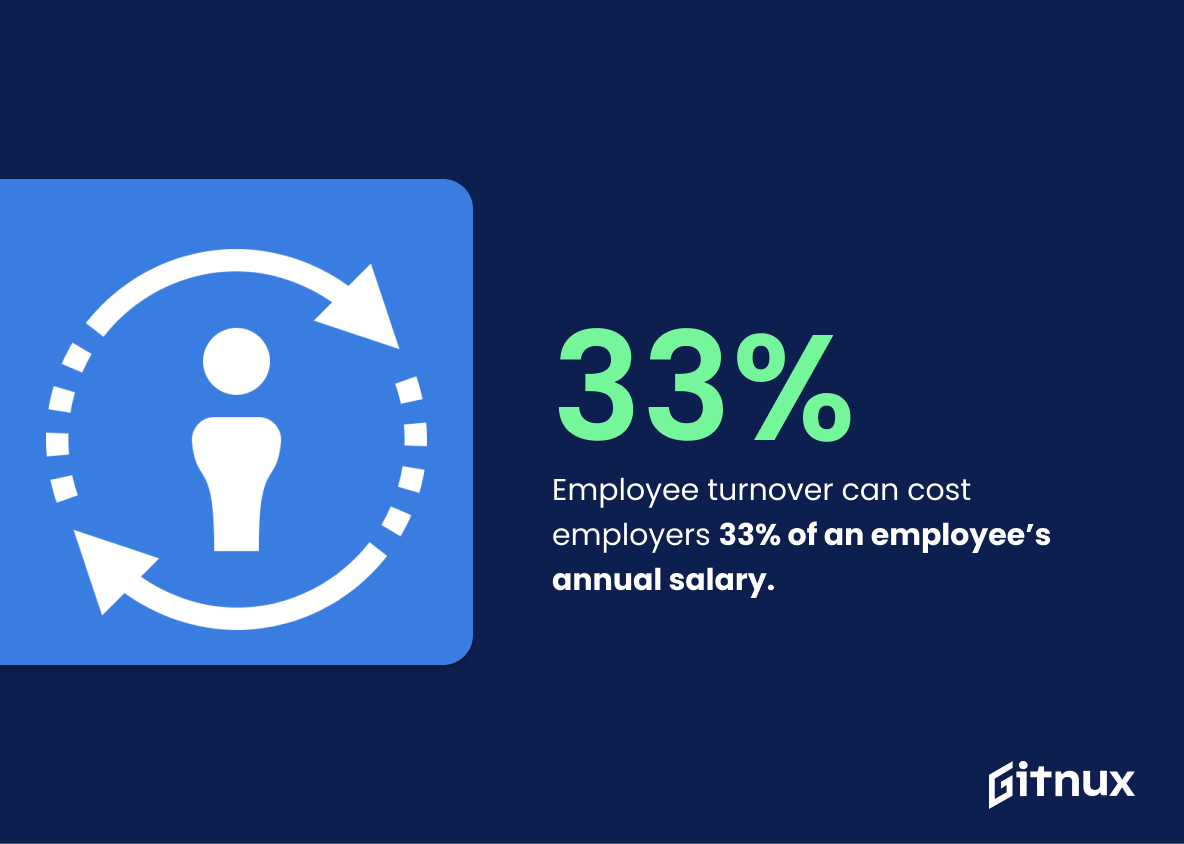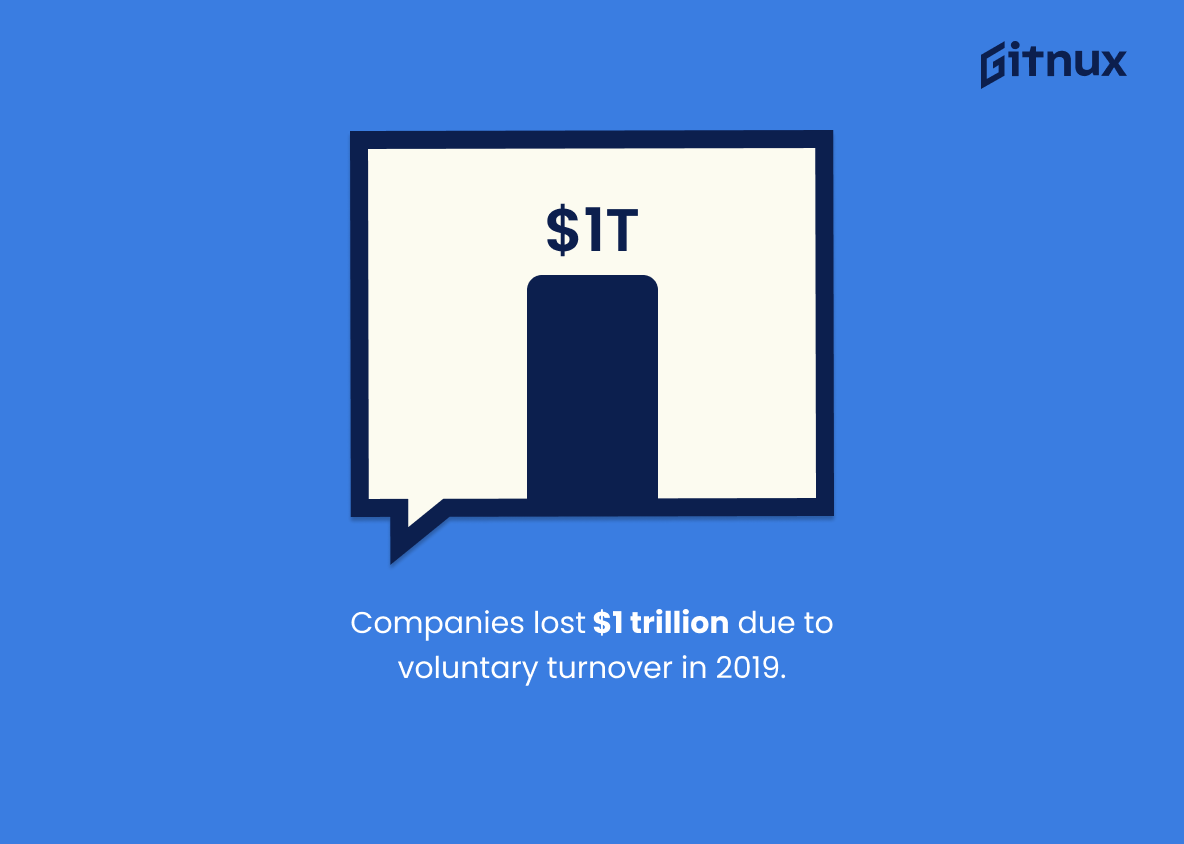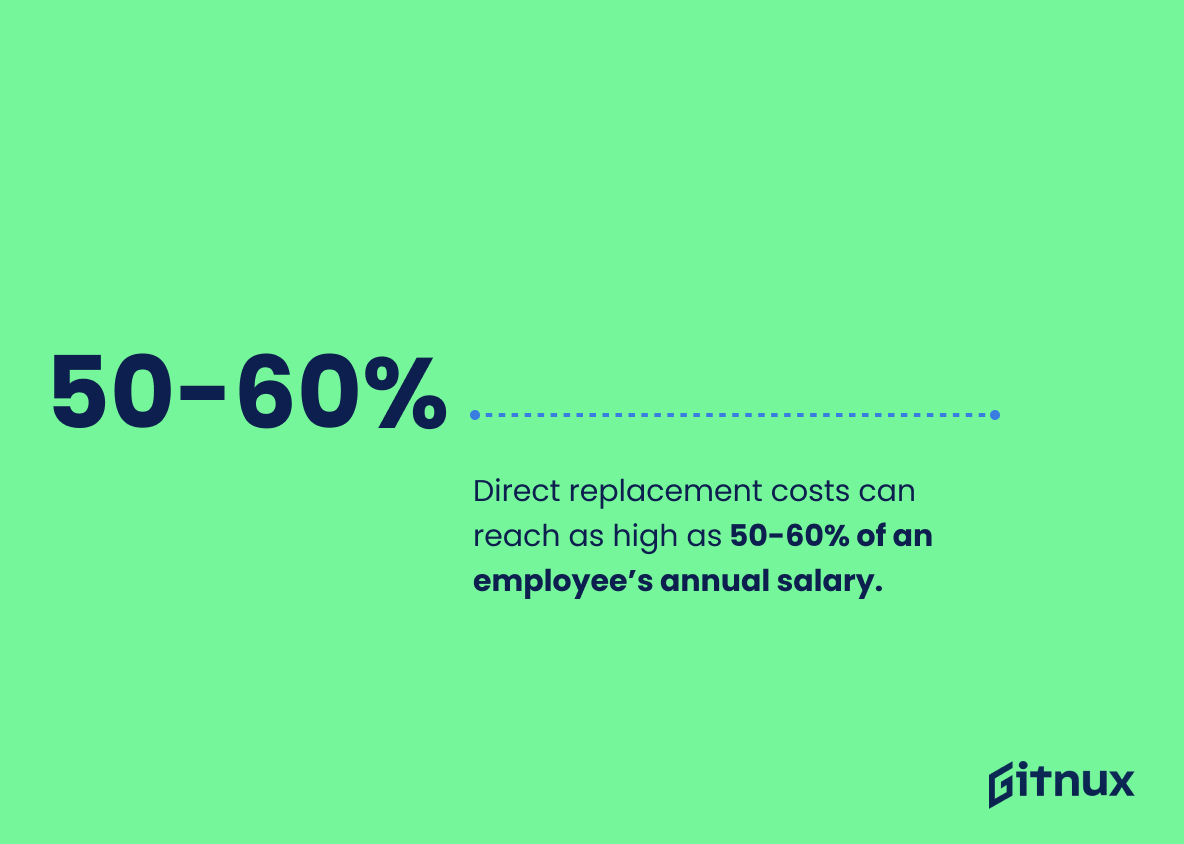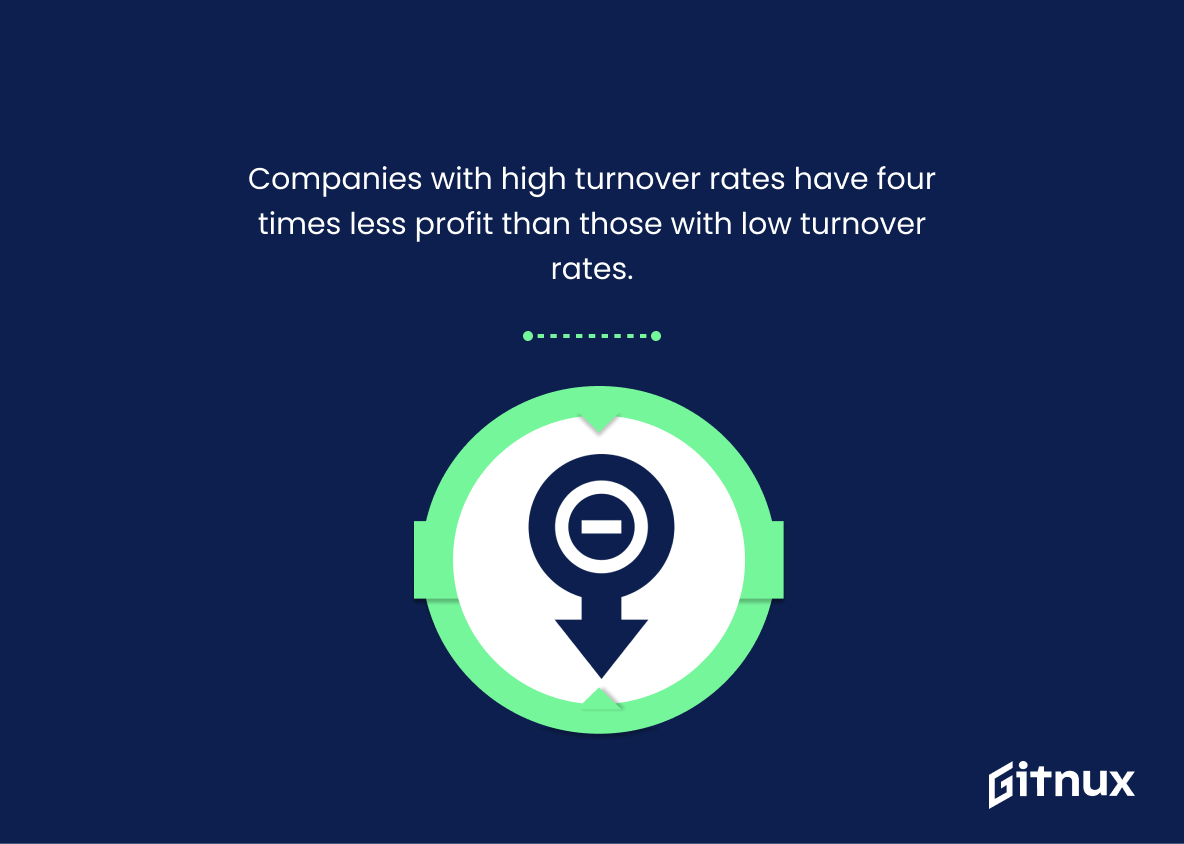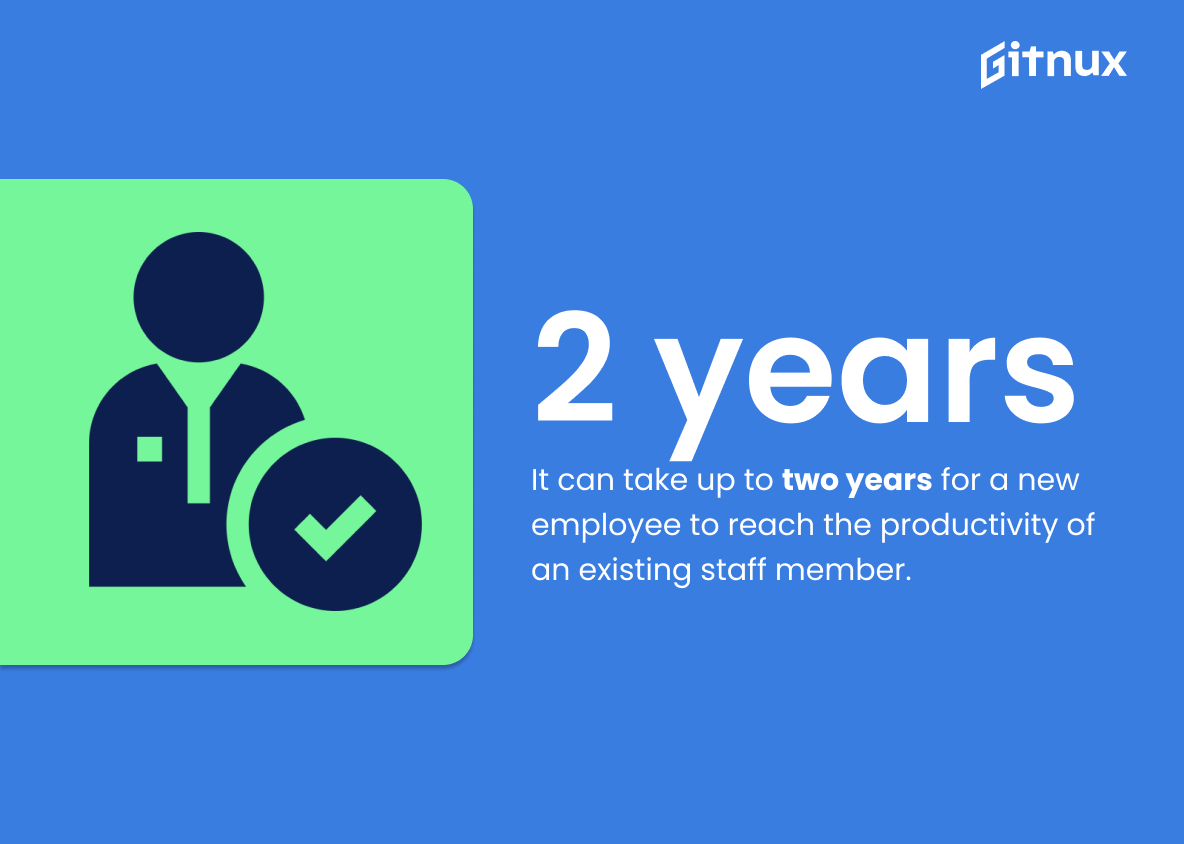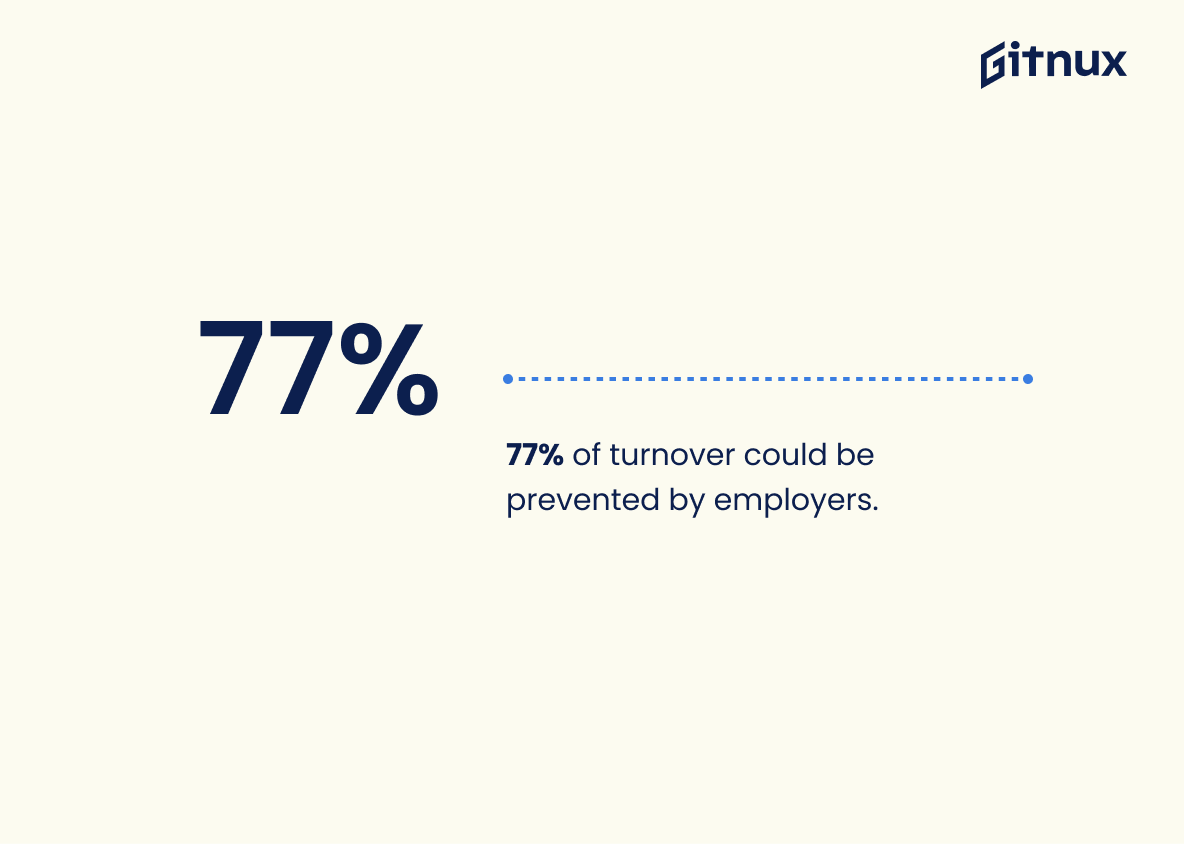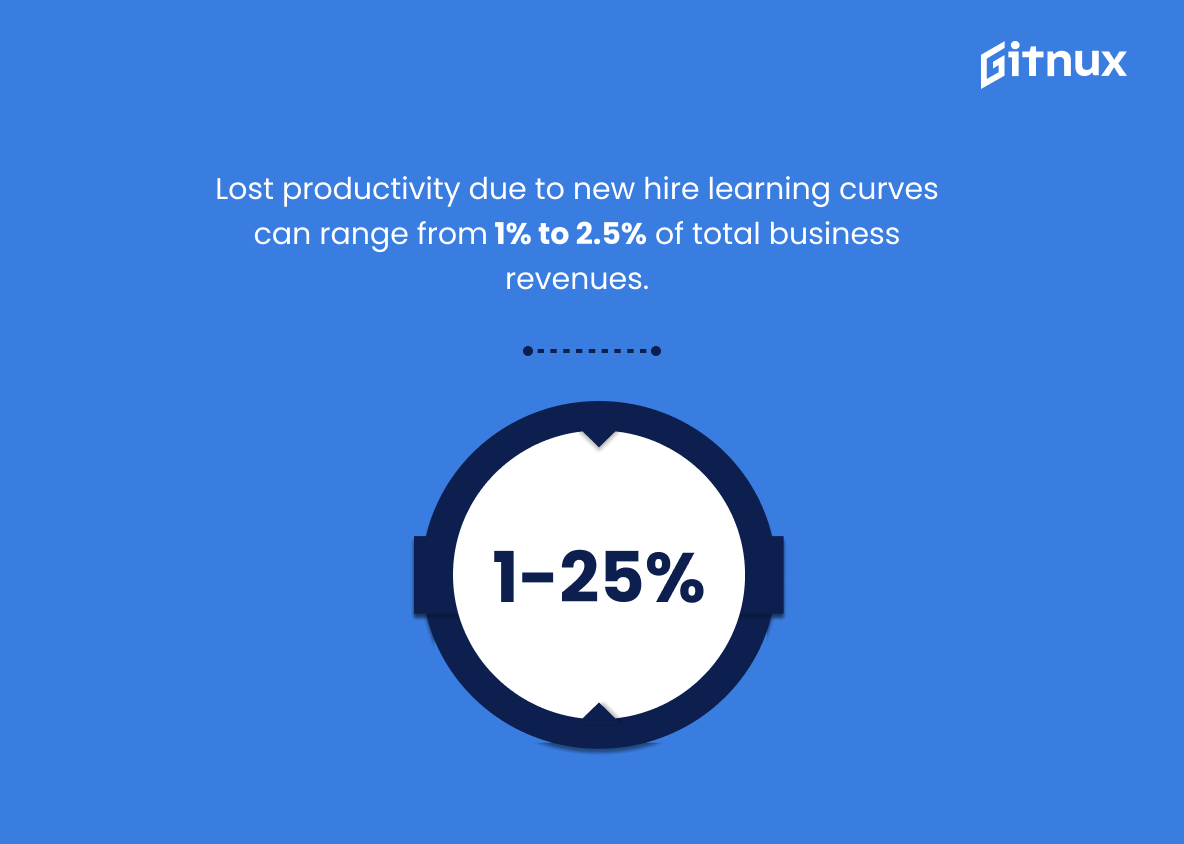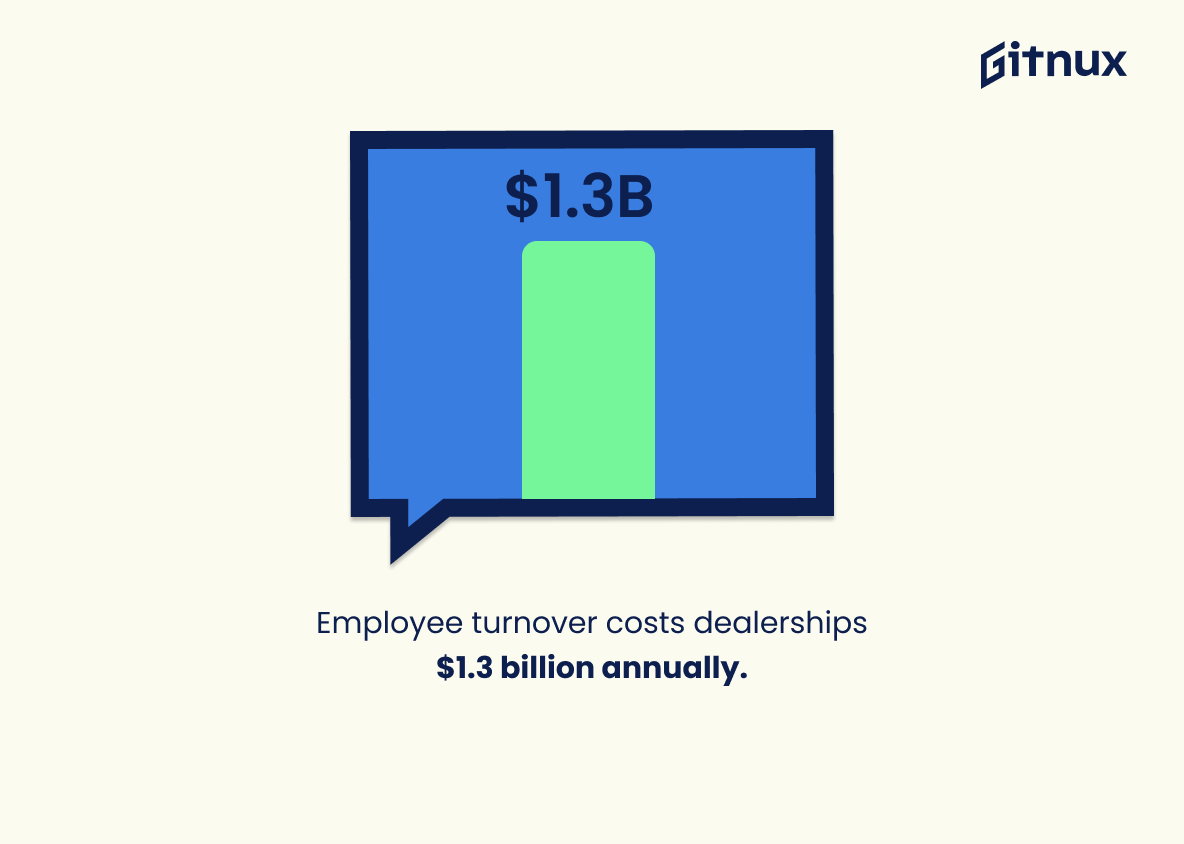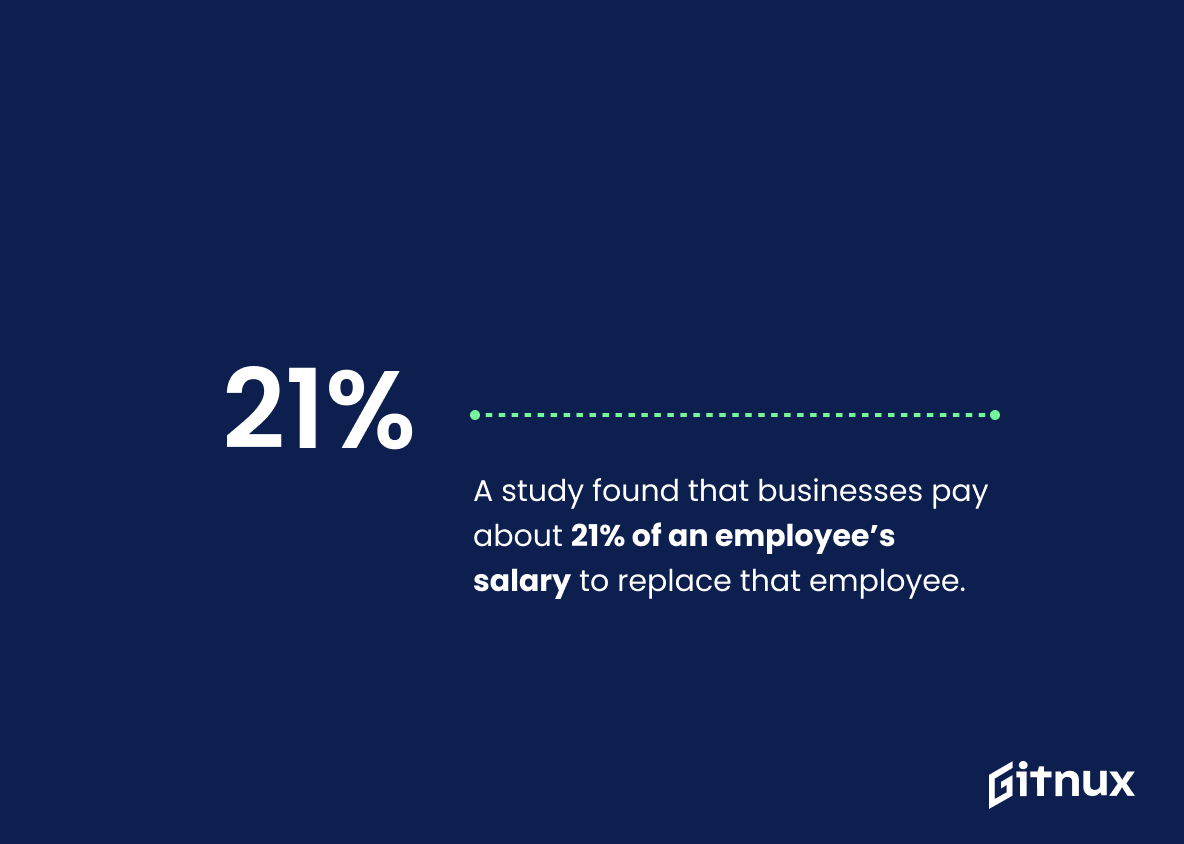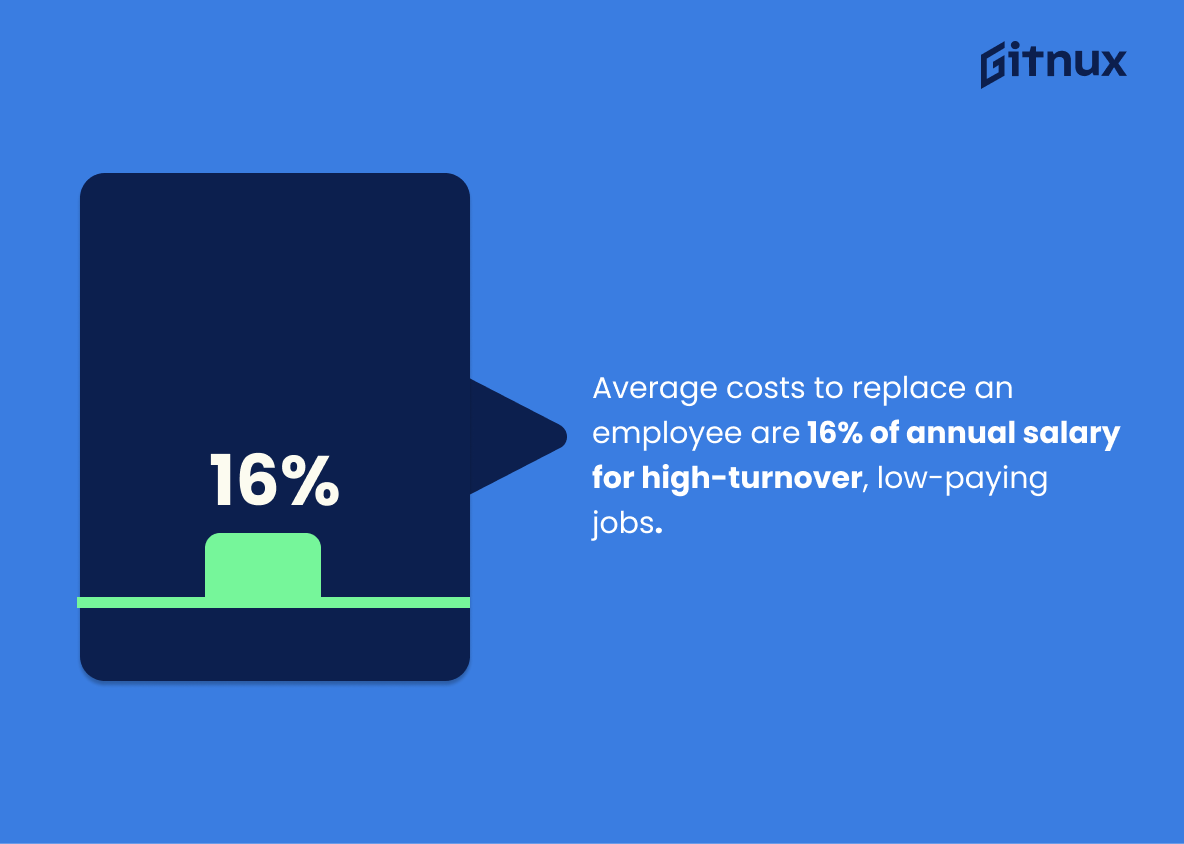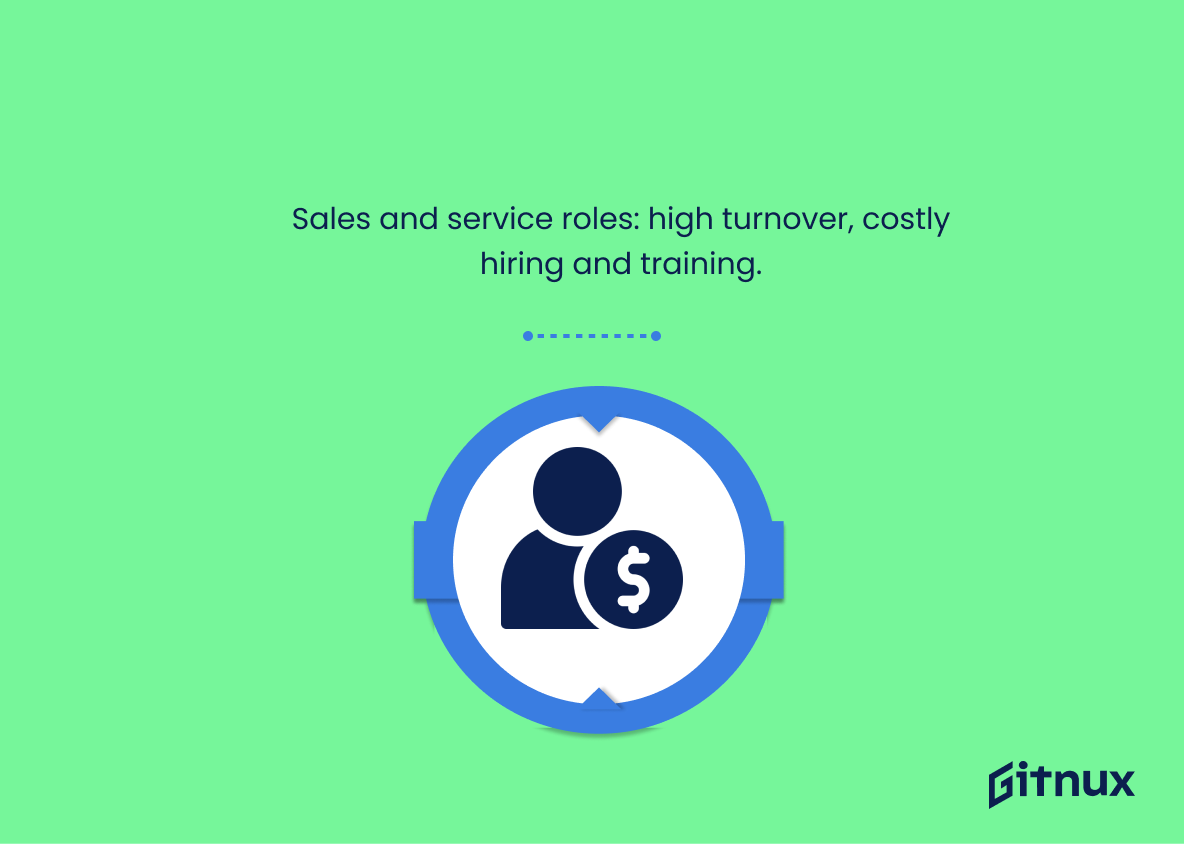Have you ever heard the phrase, “employees come and go”? While this might seem like a casual observation, the financial implication behind employee turnover can send tremors through an organization’s bottom line. So, how much does it really cost when an employee decides to take their skills elsewhere? Welcome to our deep-dive into the world of Employee Turnover Costs Statistics. This comprehensive blog post will unravel the real expense associated with employee turnover, offering valuable insights from the latest data. As you navigate through the world of shifting staff, we hope to equip you with a clearer understanding of why retaining talent is as vital as acquiring it.
The Latest Employee Turnover Costs Statistics Unveiled
Employee turnover can cost employers 33% of an employee’s annual salary.
Understanding the potential financial drain of employee turnover illuminates a pivotal reality for companies: the significance of retaining talent. Imagine losing a third of an employee’s annual salary each time they depart, an expense that comes in addition to training and integrating the new hire. It underlines the high costliness of inconsistent employment and the critical importance of fostering a productive and stable work environment. In our blog post detailing Employee Turnover Costs Statistics, we delve into these financial depths and explore strategies to reduce them.
Companies lost $1 trillion due to voluntary turnover in 2019.
In the digital landscape of the 21st century, the near-epidemic levels of voluntary turnover have begun to paint a daunting fiscal picture for companies worldwide. The $1 trillion loss in 2019 presents a stark reminder of the gravity of turnover costs that are sufficiently powerful to cause a dent in the global economy.
When we delve into a blog post that explores the various facets of Employee Turnover Costs Statistics, this figure resurfaces as a thrilling plot twist, highlighting the potential scale of financial hemorrhage businesses can suffer due to a lack of proper retention strategies. This substantial economic impact underscores how an abstract concept such as employee turnover crystallizes into a concrete dollar value, underscoring that ignoring it can be a costly slipup. Moreover, it throws a spotlight on the importance of crafting a robust employee retention approach, thus aligning our focus once again to the human element in our corporate structures.
Envisage this $1 trillion as cautionary tale, an urgent wake-up call, that shifts our internal dialogues from ‘Can we afford to invest in employee retention?’ to ‘Can we afford not to?’
Direct replacement costs can reach as high as 50-60% of an employee’s annual salary.
When exploring the realm of Employee Turnover Costs Statistics, this startling data point stands as a stark reminder: Direct replacement costs potentially skyrocketing to a hefty 50-60% of an employee’s annual salary. It dramatically underscores the financial impact of employee churn on businesses. Oftentimes, employers overlook the weight of hiring, onboarding, training, and lost productivity, mostly because they are hidden costs. However, when these figures are placed under the spotlight, they paint a more complete picture of the fiscal ramifications associated with staff turnover. Not only does it force companies to reassess their talent management strategies, but it also prods them to put more effort into retention initiatives. After all, in a world driven by the bottom line, such a significant monetary blow cannot be ignored.
High-performing employees are 400% more productive than average ones; losing them leads to significant costs.
In the landscape of employee turnover costs, the figure that high-performing employees are 400% more productive than average ones serves as a bright beacon of understanding. It underlines the gravity of their departure, providing an empirical testimony to the ripple effects it can set into the ecosystem of an organization. An exit of such talents is not merely a loss of an employee; it signifies a tectonic shift in productivity figures. In terms of financial perspective, this could translate into both visible and hidden costs, from recruiting expenses to loss in sales and increased workload on remaining staff. Thus, acknowledging this statistic is paramount to appreciate the full-scale impact of losing high-performing employees, steering the attention away from mere numbers to the substantial performance and productivity implications.
Companies with high turnover rates have four times less profit than those with low turnover rates.
Exploring the implications of this statistic unravels a compelling narrative that powerfully echoes in the grand theater of today’s competitive business world. Tracing the lines of the correlation between high company turnover rates and the subsequent reduction in profits ignites a profound consideration. It brings into sharp focus the potential crippling impact of employee turnover on a company’s profitability. This gem of a statistic sets the stage for a deep dive into the cascading costs tied to employee turnover, ranging from recruitment expenses, training investments to the potential erosion of company culture and morale. It paints a vivid picture of the nuanced and often understated financial implications, fostering an enlightened understanding on the urgency and importance to maintain low turnover rates for a healthy bottom line. The drumbeat of this statistic resonates strongly within any discourse on Employee Turnover Costs Statistics, urging companies to value their most prized resource – their employees.
It can take up to two years for a new employee to reach the productivity of an existing staff member.
In the realm of employee turnover costs, the cited statistic paints a telling portrait of the time investment required for a new hire to match the productivity of an incumbent staff member. This two-year period spotlights the invisible but substantial costs associated with turnover. It’s along this unseen landscape that costs like training and onboarding, learning curve inefficiencies, and the relational dynamics that need rebuilding with each new employees string out over a 24-month stretch. In monetary terms, these might not be apparent immediately, but they impose a considerable burden over time. This statistic hence effectively anchors discussions about turnover costs, emphasizing the need to retain talents and improve employee satisfaction to manage expenses better.
Average businesses spend about 1/3 of a worker’s salary to hire a replacement if that employee leaves.
Painting a vivid picture, this statistic unravels the unspoken financial burden embodied in the process of hiring a replacement for a departing employee. It propels awareness about a significant hidden cost that decides the economic fabric of any business operation. In the narrative of employee turnover costs, it serves as a critical revelation, compelling businesses to rethink and strategize their employee retention practices. This figure, representing one-third of a worker’s salary, is an iceberg beneath the surface, alerting companies about the deeper, larger, and impactful cost implications associated with employee turnover.
77% of turnover could be prevented by employers.
In dissecting the sphere of Employee Turnover Costs Statistics, the revelation that a staggering 77% of turnover could be forestalled by employers emerges as a significant beacon. This figure offers a roadmap to substantial savings, mirrored in the reduction of costs associated with recruiting, training, and productivity losses. When viewed through this lens, it becomes evident that employers hold the reins in steering their organization away from the financial storms associated with high turnover rates. The power of preventative measures to curtail unnecessary turnover is underscored, rendering this statistic a crucial consideration for businesses seeking to flourish in a competitive environment.
U.S. employers are paying almost $664 billion in turnover costs.
Drifting swiftly into the vast realm of Employee Turnover Costs Statistics, one would be blindsided by a staggering figure— a whooping $664 billion shouldered by U.S. employers as turnover costs. The momentousness of this number is not to be dismissed lightly. This isn’t just a numerical figure we’re dealing with but a testament to the substantial financial ramifications that employee turnover can impart on businesses across the spectrum.
With such a tremendous sum at play, it’s like a wake-up call for every business, big or small, to take employee turnover seriously. Gone are the days when employee churn was simply an accepted part of the business cycle. Today, it’s an economic behemoth that is toppling even the most established companies.
In essence, this $664 billion isn’t just a price tag—it’s a glaring reminder of how imperative it is for businesses to prioritize retention strategies, foster engaging workplaces and invest in employee satisfaction. The weight of this statistic paves the way for a deeper discourse about the ripple effects of employee turnover and the strategies that can be adopted to prevent this economic drain.
Lost productivity due to new hire learning curves can range from 1% to 2.5% of total business revenues.
Drilling into the intriguing depths of Employee Turnover Costs Statistics, discover an eye-opening revelation; lost productivity due to new hire learning curves can range from 1% to 2.5% of total business revenues. A seemingly small percentage at first glance, yet, when weighed in the context of total annual revenues, this range highlights a leviathan financial impact. It paints a vivid picture of how fresh talent acclimation periods can gnaw away at profit margins, subtly yet persistently, drip by monetary drip. Employers might be riveted by other compelling costs such as hiring, onboarding, and training investments, yet this statistic stirs the waters, unveiling the iceberg under the surface—the silent sponge of productivity drain. This serves as a compelling reminder towards strategic hiring, comprehensive training, meticulous onboarding, and above all, robust employee retention efforts. It’s a compelling call-to-action in the grand orchestra of workforce management, strumming on the strings of cost efficiency.
Replacing a mid-level employee can incur costs of upwards of 150% of their annual salary.
Undeniably, the given statistic presents a stark illumination of the economic toll linked to an organization’s high employee turnover rate. The act of replacing a mid-level employee escalating up to 150% of the annual salary not only weighs heavily on company’s financial health, but also underscores the rippling effects of turnover on productivity, employee morale, and overall business operation. This compelling figure invites readers to reevaluate the importance of effective retention strategies, acknowledging that a stable and satisfied workforce isn’t merely a subjective, but critically a quantitative advantage. In a nutshell, the severity of employee turnover costs, evident in this figure, manifests itself as greater than a piecemeal expense—it’s an economical void that can hinder the potential of any growing business.
Employee turnover costs dealerships $1.3 billion annually.
The daunting figure of $1.3 billion in annual turnover costs for dealerships sends a thunderbolt of realization. It’s an undeniable fiscal tempest that directly impacts the profitability and sustainability of these businesses. This resonates in our analysis of Employee Turnover Costs Statistics, emphasizing how critical it is for organizations to address this issue diligently. The magnitude of these costs, manifesting in the recruitment, training, and unfulfilled productivity sectors, often sits stealthily in the shadows. Igniting awareness about this fact propels businesses towards strategizing effective employee retention tactics, thereby steering them towards smoother sailing in the rough seas of employee turnover.
A study found that businesses pay about 21% of an employee’s salary to replace that employee.
When delving into the financial implications surrounding employee turnover, taking a closer look at ‘A study found that businesses pay about 21% of an employee’s salary to replace that employee’ reveals a striking economic truth. It shines a light on the heavy fiscal burden businesses shoulder when they have to replace employees.
This figure, hidden beneath the surface of simply hiring a new team member, carries within it all the associated costs that employers often underestimate. The expenses for recruitment, training, and the productivity gap period all add up, making the turnover an unexpected financial obstacle. This highlights the critical relevance of investing in employee retention strategies to mitigate the high costs involved in the constant churn of employees.
Average costs to replace an employee are 16% of annual salary for high-turnover, low-paying jobs.
Discerning the economic impact on a company’s wallet, the aforementioned statistic unfurls a significant story. Picture this – you’re spending 16% of an employee’s annual salary every time you replace someone for high-turnover, low-paying jobs. Now multiply this by the number of employees leaving in a year, and the expenditure becomes a stark reality. It’s more than just a percentage figure. It’s a ripple effect echoing through the organization, which can eventually erode the financial foundation if not managed wisely. Turnover costs not only encompass the obvious recruiting and training costs but also hidden costs; loss of productivity and reduced employee morale. Hence, understanding and managing employee turnover is not just an operational necessity, but a strategic imperative in the landscape of financial optimization and human capital management.
Sales and customer service roles are among the highest turnover jobs, costing companies significant investment in hiring and training new employees.
The existence of a revolving door in sales and customer service roles, as depicted by the stated statistic, can incite a staggering drain on a company’s resources. This reality seizes the spotlight in an employee turnover costs discussion, underpinning the importance of stability in these roles. By dissecting this datum, we trace the financial footprints left by high staff attrition, illustrating the hefty price associated with onboarding and training new recruits, a cost often overlooked by many. Furthermore, constantly changing faces can threaten to derail company morale and impact the quality of customer relationships, escalating the intrinsic cost beyond the obvious financial implications. Therefore, this highlighted statistic in the context of employee turnover costs offers a significant eye-opening cornerstone prompting serious consideration about investing in staff retention strategies.
The cost of losing a salaried employee can often be 6 to 9 months’ salary on average.
Understanding the substantial financial implications of employee turnover is crucial for any business wanting to maintain a healthy bottom line. The statistic indicating that losing a salaried employee could cost an organization six to nine months’ worth of that individual’s salary shines a compelling light on the hidden consequences of high turnover rates.
In an article about Employee Turnover Costs Statistics, this outlook offers readers a valuable perspective, showing not just the overt costs of hiring and training new staff, but also the unseen expenses associated with loss of productivity, cultural impact, and the knowledge drain. It’s an urgent reminder that keeping the revolving door rotating might drain more resources than one could foresee, highlighting the importance of investing in employee retention strategies.
The average cost of employee turnover is $15,000 per worker.
Peering behind the veil of employee turnover, one stumbles upon a startling revelation — a $15,000 average cost per departing worker. Within the realm of human resources, every individual forms a valuable asset; their departure not only leaves a gap in functionality, but also carves a substantial dent in the financial resources. The magnitude of this figure is a clarion call for businesses everywhere, a wake-up call to prioritize employee retention. In the case of each departure, this hefty fine is levied under the guise of recruitment costs, training expenses, and productivity loss. Hence, understanding the “$15,000 per turnover” factoid is akin to unlocking a critical facet of business strategy. This realization provides a catalyst for change, spurring strategies to maintain a vibrant and stable work environment that can reduce this excessive cost and foster a sustainable future.
Conclusion
In sum, understanding employee turnover costs statistics is crucial for every business seeking to flourish and maintain a healthy work environment. These statistics not only put a monetary value on the costs incurred due to employee turnover but also highlight the importance of employee retention strategies. By examining and comprehending these numbers, companies can take proactive measures to improve their workforce stability, productivity and overall business prosperity. After all, a team of happy, loyal and content employees is definitely a monumental asset for any business. As the old saying goes, “Your employees are your greatest resource,” and indeed, these statistics underscore the same. Don’t view investing in employee satisfaction as just an expense but as a long-term, value-generating asset that can lead to untold benefits for your business.
References
0. – https://www.www.cbiz.com
1. – https://www.www.businesswire.com
2. – https://www.www.td.org
3. – https://www.www.americanprogress.org
4. – https://www.workinstitute.com
5. – https://www.www.cbsnews.com
6. – https://www.www.tlnt.com
7. – https://www.www.talentculture.com
8. – https://www.www.peoplekeep.com
9. – https://www.www.shrm.org
10. – https://www.www.hbs.edu
11. – https://www.americanprogress.org
12. – https://www.www.gallup.com
13. – https://www.www.prnewswire.com
